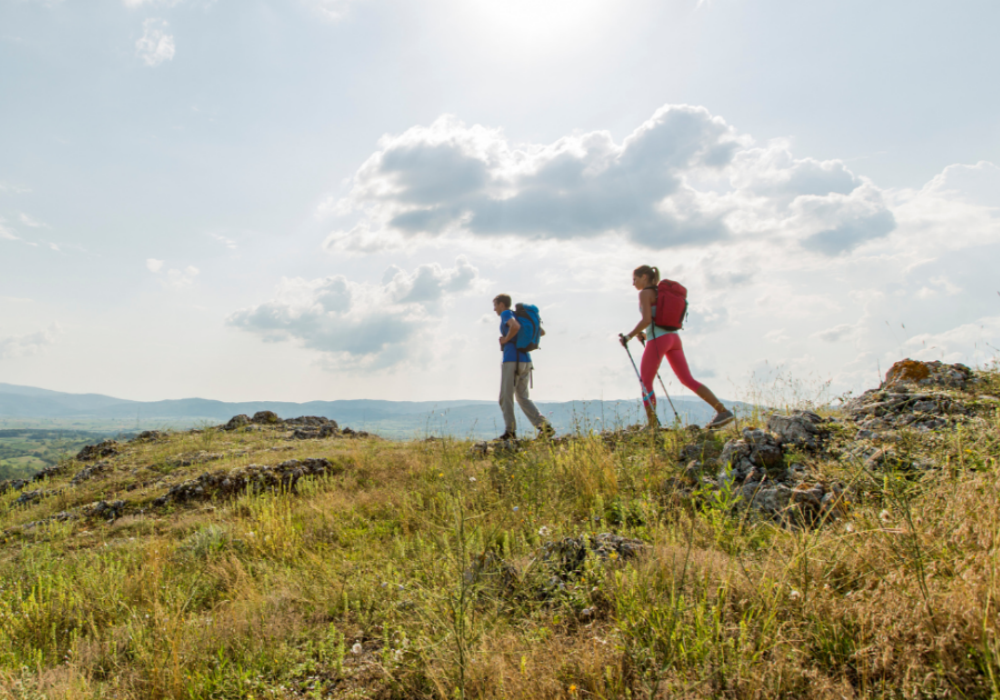
How To Prepare For A Safe And Enjoyable Hike
Choosing the right trail for your skill level. Research distance, elevation gain, and terrain—beginners should opt for well-marked paths with gentle slopes, while experienced hikers can tackle steeper, more remote routes. Check weather forecasts too; sudden storms or extreme heat can ruin a hike, so plan accordingly.
Packing smart is key to comfort and safety. Always carry a backpack with essentials: plenty of water (at least 2 liters for a half-day hike), high-energy snacks like nuts or dried fruit, and a basic first-aid kit with bandages, antiseptic, and pain relievers. Wear moisture-wicking clothing to stay dry and layers to adapt to changing temperatures. Sturdy hiking boots with good traction prevent slips, especially on rocky or muddy ground.
Tell someone your plans before you leave. Share your route, expected start and end times, and a contact number.

This ensures help can find you if you get lost or injured. Bring a map and compass—or a fully charged phone with offline maps—and know how to use them. Even well-marked trails can confuse, so staying oriented is crucial.
Pace yourself once you hit the trail. Hiking isn’t a race; take breaks to hydrate, eat, and enjoy the views. Stick to the path to protect wildlife and plant life, and pack out all trash to keep nature pristine. Watch your step for loose rocks, roots, or uneven ground, especially on downhill sections where slips are more likely.
Listen to your body. Fatigue, dizziness, or blisters are signs to slow down or turn back. Stay alert for wildlife, giving animals plenty of space.
As you hike, take moments to notice small details—the sound of a stream, the scent of pine—these are the moments that make hiking memorable. With preparation and mindfulness, every hike becomes an adventure to cherish.
